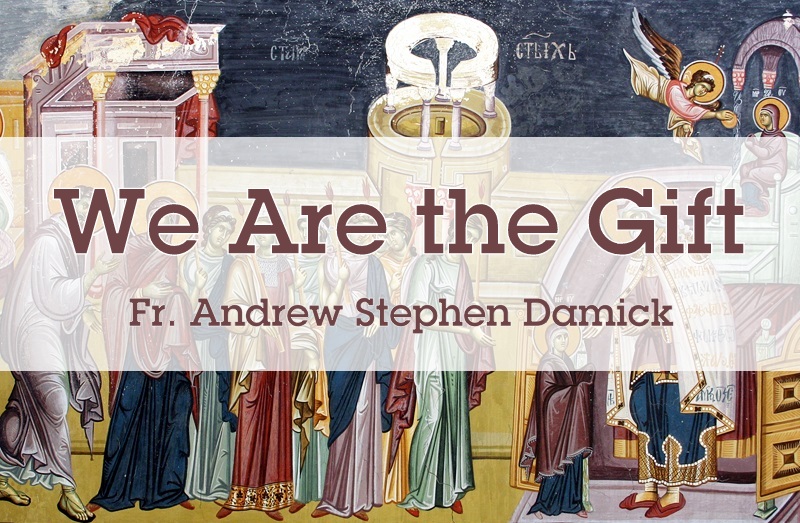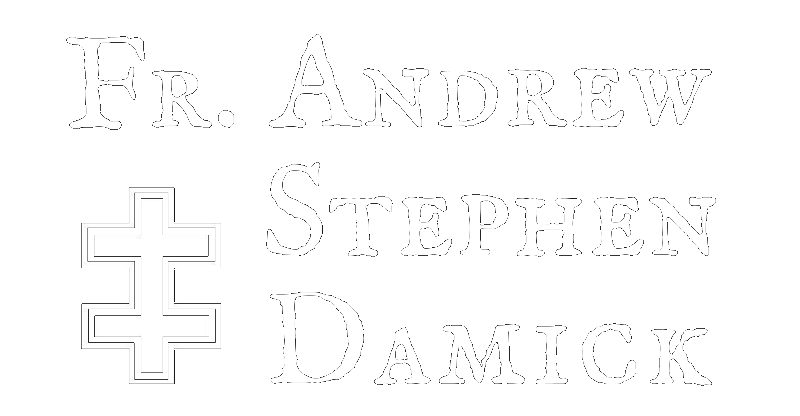
The feast we celebrate today in the Orthodox Church is the Entrance of the Theotokos into the Temple, a feast based on attestation found in the ancient Protoevangelion of James. Many of my sermons on this feast have dwelt on dealing with the historicity of the feast, something I myself have struggled with. It is not difficult to believe that the Virgin Mary entered the Temple at the age of three and lived there until her betrothal to Joseph. But it is somewhat difficult to believe that she was brought into the Holy of Holies, and while there, she is fed by the Archangel Gabriel.
Whether that is a hagiographical exaggeration or not, I really do not know. But I really don’t need to know, either. If I need to believe that it happened just that way, then I do, even if it is hard.
What has fascinated me more is the identification of the Theotokos with the Ark of the Covenant, a theme which I’ve delivered as a sermon on the feast of the Virgin’s nativity, though the ark correlation is really more prominent in today’s feast.
This morning, however, as we celebrated the services for the feast, I delivered an ad hoc homily without any notes—something I do sometimes when the subject matter is well known to me—and instead of emphasizing the Virgin Mary as the New Ark of the New Covenant, the image that occurred to me was that the Virgin Mary was being given by her parents Joachim and Anna precisely as gift. It is as a gift to God that she enters the Temple, brought there in fulfillment of the promise that her parents had made when they prayed for her conception. Like the parents of so many Children of Promise before them, and even like their daughter would herself do, the miraculous gift of a child would be offered back to the Lord.
And in the image of the feast we can find ourselves in so many places. We see her parents, accompanied by relatives and by young maidens holding candles in hand, bringing the little girl to her uncle Zachariah the priest, offering her to God for a close identification of her with the very center of the worship of the One True God.
- We are her parents: We give our gifts to God, including our children, in thanksgiving back to Him for His purposes, to be brought into worship. And in giving, we do not lose what we have given but gain it even more fully as part of God’s blessing to us.
We are her relatives: The whole family of the Church participates in giving at baptisms, at weddings, at funerals, in tithing, in laboring and serving, and in all other gifts, accompanying what is offered and sharing in the blessing.
We are the young maidens: We are eager to learn, to see, to participate, to gain wisdom, to bring honor, to show our devotion.
We are Zachariah: As the royal priesthood, we are ready to receive on His behalf the gifts given to God and turn them to His use, offering them up on the altar of our faith. And we stand amazed that what is offered, no matter how earthen, can be brought into the place of communion and worship of the Creator of all things.
And finally, we are the Virgin: We are also the gift itself, given to God in thanksgiving for the fulfillment of the promise, given by our parents, our friends, our communities and all those in our lives who bring us to the Lord. We were given life out of nothing, and then we are raised up to the Holy of Holies to commune with the Life-giver Himself.
I wish you all a very blessed feast.

Thanks for this; it’s helpful to see the layers of meaning via the participants of the story. And also for being candid about your own difficulty with the story, but the childlike trust too that the veracity of the details doesn’t make or break the truth contained therein. I’ll have to read this again. Very good.